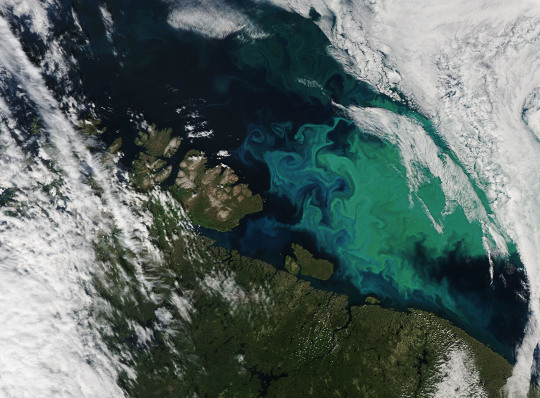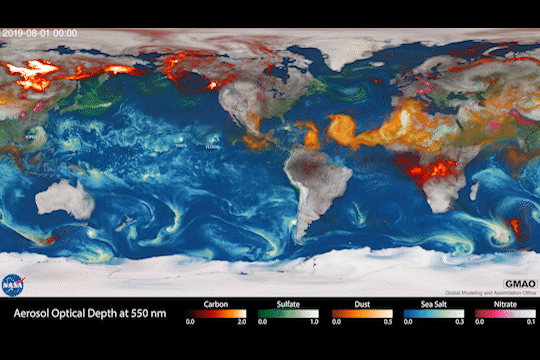#Atmosphere
Text
+°* Birthday Surprise +°*
Dear @sauron-kraut, for my Bday, I want to introduce you to @lycheesodas.

I have taken the liberty of asking this lovely artist (commissions open here) to illustrate your beautiful ficlet.
🛑Red🛑
Surprise! <3
Everyone, please go support both these amazing people! Get your fill of beautiful art and terrific writing!
#og post#birthday surprise#it's my bday#switchkingofangmar#lycheesodas#art#shine a light on new people#let's expand our horizons#Sauron#Thuringwethil#atmosphere#beauty#danger#commissions
76 notes
·
View notes
Text

🍊✨
#illustration#artists on tumblr#fantasy#procreate#myartstystuff#creature#unicorn#merry christmas#christmas#holiday#atmosphere
11K notes
·
View notes
Text



photography by natalia drepina
#photography#dark#nature#sky#moon#occult#magic#witch#pagan#folk#dark nature#ritual#atmosphere#mood#night#dark photography#landscape
13K notes
·
View notes
Text
[lovethenature95]
#architecture#home decor#rain#atmosphere#relaxation#video#instagram#late night blogging#cards on the table
7K notes
·
View notes
Text
#Naturaleza relajante.
#mistery#wind#flowers#photography#gif#gifs#video gif#aesthetic#seguen on tumblr#tumblr scape#tumblr tv#love#cottagecore#cottage aesthetic#photographers on tumblr#digital art#music#atmosphere#naturaleza relajante#nature#naturecore#agosto2023
3K notes
·
View notes
Text

Sun dog in Saskatoon, Canada, on December 25, 2022.
Source: Wikipedia
#archive#archiving#web archive#sun dog#sundog#saskatoon#canada#atmospheric optical phenomenon#atmospheric phenomenon#atmospheric photography#atmospheric#atmosphere#sun
9K notes
·
View notes
Text

Sharpening Our View of Climate Change with the Plankton, Aerosol, Cloud, ocean Ecosystem Satellite
As our planet warms, Earth’s ocean and atmosphere are changing.
Climate change has a lot of impact on the ocean, from sea level rise to marine heat waves to a loss of biodiversity. Meanwhile, greenhouse gases like carbon dioxide continue to warm our atmosphere.
NASA’s upcoming satellite, PACE, is soon to be on the case!
Set to launch on Feb. 6, 2024, the Plankton, Aerosol, Cloud, ocean Ecosystem (PACE) mission will help us better understand the complex systems driving the global changes that come with a warming climate.

Earth’s ocean is becoming greener due to climate change. PACE will see the ocean in more hues than ever before.
While a single phytoplankton typically can’t be seen with the naked eye, communities of trillions of phytoplankton, called blooms, can be seen from space. Blooms often take on a greenish tinge due to the pigments that phytoplankton (similar to plants on land) use to make energy through photosynthesis.
In a 2023 study, scientists found that portions of the ocean had turned greener because there were more chlorophyll-carrying phytoplankton. PACE has a hyperspectral sensor, the Ocean Color Instrument (OCI), that will be able to discern subtle shifts in hue. This will allow scientists to monitor changes in phytoplankton communities and ocean health overall due to climate change.

Phytoplankton play a key role in helping the ocean absorb carbon from the atmosphere. PACE will identify different phytoplankton species from space.
With PACE, scientists will be able to tell what phytoplankton communities are present – from space! Before, this could only be done by analyzing a sample of seawater.
Telling “who’s who” in a phytoplankton bloom is key because different phytoplankton play vastly different roles in aquatic ecosystems. They can fuel the food chain and draw down carbon dioxide from the atmosphere to photosynthesize. Some phytoplankton populations capture carbon as they die and sink to the deep ocean; others release the gas back into the atmosphere as they decay near the surface.
Studying these teeny tiny critters from space will help scientists learn how and where phytoplankton are affected by climate change, and how changes in these communities may affect other creatures and ocean ecosystems.

Climate models are one of our most powerful tools to understand how Earth is changing. PACE data will improve the data these models rely on.
The PACE mission will offer important insights on airborne particles of sea salt, smoke, human-made pollutants, and dust – collectively called aerosols – by observing how they interact with light.
With two instruments called polarimeters, SPEXone and HARP2, PACE will allow scientists to measure the size, composition, and abundance of these microscopic particles in our atmosphere. This information is crucial to figuring out how climate and air quality are changing.
PACE data will help scientists answer key climate questions, like how aerosols affect cloud formation or how ice clouds and liquid clouds differ.
It will also enable scientists to examine one of the trickiest components of climate change to model: how clouds and aerosols interact. Once PACE is operational, scientists can replace the estimates currently used to fill data gaps in climate models with measurements from the new satellite.

With a view of the whole planet every two days, PACE will track both microscopic organisms in the ocean and microscopic particles in the atmosphere. PACE’s unique view will help us learn more about the ways climate change is impacting our planet’s ocean and atmosphere.
Stay up to date on the NASA PACE blog, and make sure to follow us on Tumblr for your regular dose of sPACE!
1K notes
·
View notes
Text
#Nature#nature and animals#amazing nature#photografy#lansdscape#sky#up#travel#scenery#clouds#nature#animal world#love for animals#adventure#atmosphere#alternative#home#home lifestyle#iced coffee#my post
2K notes
·
View notes
Photo

"A Rocky Rise" by Carl Evans, 2023
Carl Evans shot this full moon photo from Broadhaven, Pembrokeshire. The outcropping in the middle is known as Church Rock. The image consists of two photos stacked to show the moon through the clouds and the birds in flight around Church Rock. "I stood on the beach at Broadhaven for a couple of hours waiting for the Moon to rise. The clouds initially hid the Moon and as I was walking away it appeared among the clouds, adding a nice effect over it," Evans said of the photoshoot.
#carl evans#church rock#full moon#elements#fauna#luna#photography#seascape#landscape#nature#mood#atmosphere#aesthetic#sky#clouds#broadhaven#pembrokeshire#mountain#outcropping#composite shot#from an article written by#josh dinner
1K notes
·
View notes
Text

#aesthetic#photography#vibes#mood#photo#moody#moody aesthetic#atmosphere#birds#cold#cold winter#cold weather#pigeons#pigeon
838 notes
·
View notes
Text

🌿 dying legend 🌿
#illustration#procreate#artists on tumblr#digital art#monster#fantasy#myartstystuff#flowers#dragon#beast#sprouts#atmosphere#goblin core#forest
20K notes
·
View notes
Text



art by geokurgan
#dark#my edits#dark art#shadow#photography#dark photo#atmosphere#occult#architecture#gothic#medieval#vampire#demon#black and white photography#black and white#mood#castle#cathedral
6K notes
·
View notes
Text

#bath tub#night#sky#candlelight#mood#atmosphere#relaxation#winter#late night blogging#cards on the table
2K notes
·
View notes


